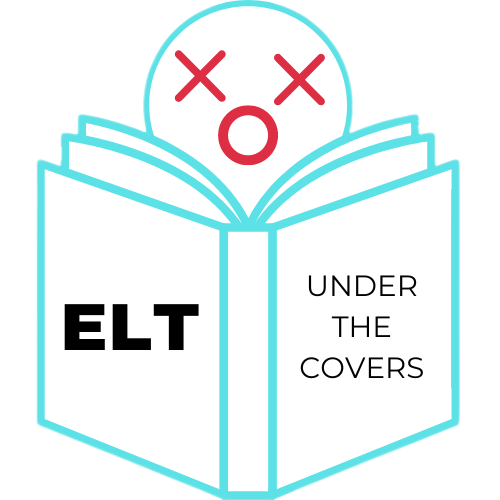What is the Practice Presentation Production Teaching Method?
The Practice-Presentation-Production (PPP) teaching method is a method for foreign language instruction that emphasizes the gradual development of language skills through a sequence of activities. This method is based on the idea that language learning is a process that involves practice, presentation, and production. The PPP method is often used in the Communicative Language Teaching (CLT) approach, which emphasizes the use of real-life, communicative activities in the classroom.
The three stages of the PPP method are:
*Practice: The teacher provides opportunities for students to practice language structures and vocabulary through controlled activities such as drills, exercises, and games.
*Presentation: The teacher presents new language structures and vocabulary in context, using authentic materials such as dialogues, texts, and videos.
*Production: The students are encouraged to use the language they have learned in communicative activities such as role-plays, discussions, and presentations.
This method focuses on the development of all language skills, such as speaking, listening, reading, and writing. The PPP method is widely used in many language classrooms as it is considered an effective approach for developing communicative competence.
#PracticePresentationProduction #PPP
In the Teaching Methodology Exposed series, we take a look at notable language-teaching methods which have influenced us and wider education. We, as educational professionals, explain the history and rationale behind these methodologies and analyze a real class example to better weigh each method’s pros and cons as an effective teaching approach.
